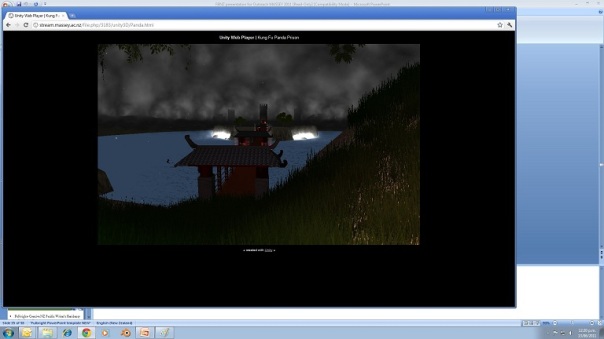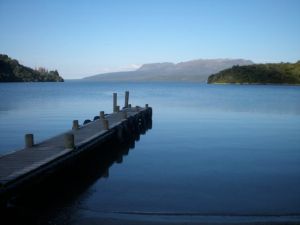from initial grant application..
Research question: can biofeedback help ADHD sufferers improve their attention, and awareness of their own reactions and that of others? Attention-deficit/hyperactivity disorder (ADHD), a neurobehavioral developmental disorder, commonly results in attention deficit, hyperactivity and/or impulsiveness, especially in children. Entertainment media such as computer games do not typically develop their literacy, improve their attention and awareness of their own reactions and moods, or engage their awareness of other players.
Hypothesis: Using entertaining and creatively configured biofeedback I believe we can help such children (or adults) monitor and improve their own reactions.
Objective: To develop a biofeedback device that connects to a multiplayer game and improves the attention span of participants and helps them to self-regulate their social behavior.
Methodology: Create (using Maya 2009 unlimited) and connect a popular virtual environment editor (URL: www.unity3d.com) to a biofeedback sensor, developed by the emotiv company (URL: http://emotiv.com/), and test if it has potential to improve ADHD and general social awareness through biofeedback that constructively and creatively affects the game-play. Low-risk human ethics approval will be sought for pilot study testing of five participants, and use a subjective questionnaire correlated to the biofeedback data to see whether the pilot appears to enhance players’ understanding of their own and others behavior while inside the test environment. Two players will encounter each other over two sessions, alternating wearing the emotiv headgear or a nonworking facsimile headgear. They won’t know one works and one does not to ensure there is no placebo effect.
Aim: Show biofeedback does enhance their sense of immersion and awareness of their own reactions and body state, and awareness of others. NB: This is to test whether the technology and pilot content is suitable for full-scale deployment, not as a psychology experiment.
Previous work: at University of Queensland we captured players’ biofeedback to creatively enhance the rendered environment through the game’s graphic shaders. The paper was presented at DiGRA 2007 conference in Tokyo, (entitled “Please Biofeed the Zombies: Enhancing the Gameplay and Display of a Horror Game Using Biofeedback”). At MIT 6: In transitions conference at MIT in April 2009, I presented more serious uses of biofeedback, including therapeutically appropriate exemplars.


